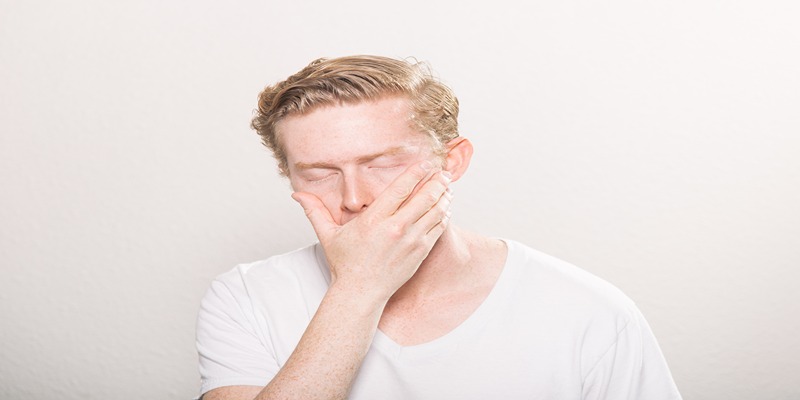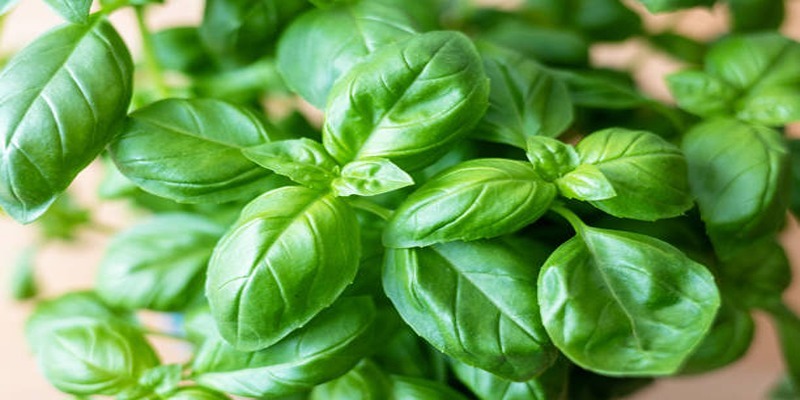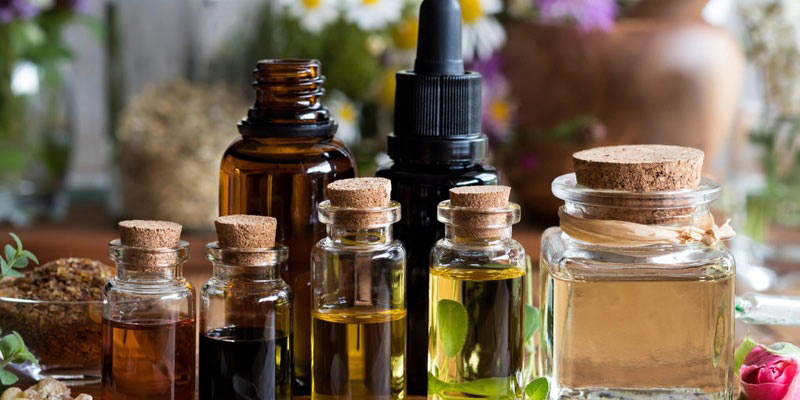Dry shampoo has become a popular solution for those looking to extend the time between washes while maintaining a fresh, clean look. However, before incorporating this product into your regular hair care routine, its important to understand the potential risks associated with its use. Although convenient, dry shampoo can lead to issues such as scalp buildup, hair breakage, and even aggravate certain skin conditions. Prolonged use without proper cleansing may also compromise the health of your hair and scalp. In this guide, we will explore the possible drawbacks of dry shampoo and offer tips on how to use it wisely, ensuring that you can enjoy its benefits without jeopardizing the health of your hair.
1.Potential Hair Damage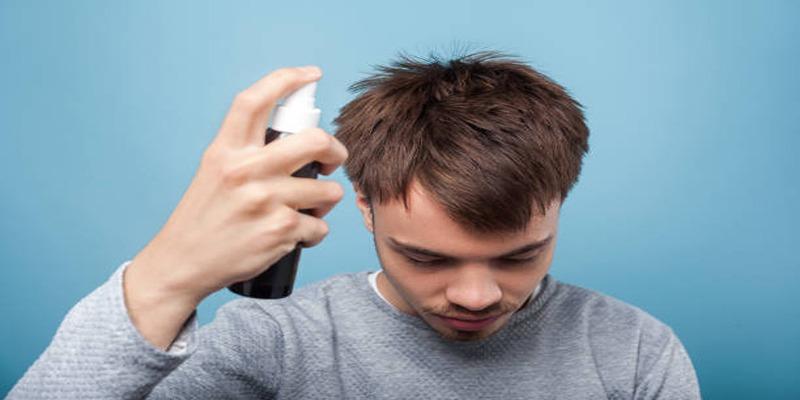
Frequent and improper use of dry shampoo can lead to significant hair damage over time. One primary concern is scalp buildup, where the product accumulates and mixes with natural oils, dead skin cells, and other debris. This buildup can clog hair follicles, leading to weakened hair strands and potential hair loss. Additionally, dry shampoo often contains starches that can strip moisture from the hair, making it dry, brittle, and more susceptible to breakage. The lack of regular cleansing and exposure to harsh ingredients may also aggravate pre-existing scalp conditions such as dandruff or seborrheic dermatitis. To mitigate these risks, it is crucial to use dry shampoo sparingly and follow it up with thorough cleansing intervals. Incorporating a moisturizing hair care routine and using products that suit your specific hair type can further help in maintaining healthy, resilient hair while still reaping the convenience of dry shampoo.
2.Scalp Buildup Issues
Scalp buildup from dry shampoo is a common concern among many users. When dry shampoo is applied, it absorbs excess oils and gives the appearance of clean hair, but it also leaves behind residues that can accumulate over time. This buildup includes not only the product itself but also trapped oils, dirt, and dead skin cells. If not properly removed, these residues can block hair follicles and create an unhealthy environment for hair growth. Over time, this can lead to itching, irritation, and even hair thinning or loss. To prevent scalp buildup, its essential to integrate a routine of regular cleansing with a suitable shampoo to remove all product residues. Additionally, using a clarifying shampoo once a week can help in deep cleaning the scalp and restoring its natural balance, thereby supporting the overall health of your hair and scalp.
3.Allergic Reactions
Allergic reactions to dry shampoo are relatively uncommon but can occur, particularly in individuals with sensitive skin or allergies to certain ingredients found in these products. Common signs of an allergic reaction include redness, itching, rash, and even swelling of the scalp or face. These reactions can be triggered by ingredients such as fragrances, preservatives, or other chemical compounds used in the formulation of dry shampoos. Its important to conduct a patch test before trying a new dry shampoo to ensure you do not have an adverse reaction. If you experience any discomfort or signs of an allergic reaction, discontinue use immediately and consult a dermatologist. Opting for dry shampoos labeled as hypoallergenic or made with natural ingredients can reduce the risk of allergic reactions. Always read the ingredient list and choose products that are gentle on your skin to maintain scalp health and prevent irritation.
4.Impact on Hair Growth
Excessive use of dry shampoo can negatively impact hair growth by hampering the natural environment necessary for healthy hair follicles. Scalp buildup, a common side effect of frequent use, blocks hair follicles and impedes their ability to thrive. This blockage can result in follicles becoming dormant or producing weaker hair strands, which in turn can lead to hair thinning and slowed growth. Additionally, the drying effect of the and starches commonly found in dry shampoos can strip essential moisture from the scalp and hair, further compromising follicle health. For those concerned about hair growth, it is crucial to limit the use of dry shampoo and ensure thorough cleaning of the scalp and hair. Incorporating a nourishing hair care routine that includes moisturizing conditioners and scalp treatments can counteract dryness and promote a healthy environment conducive to robust hair growth. Regular scalp massages can also help stimulate blood circulation, supporting the delivery of nutrients to the follicles.
5.Dryness and Brittle Hair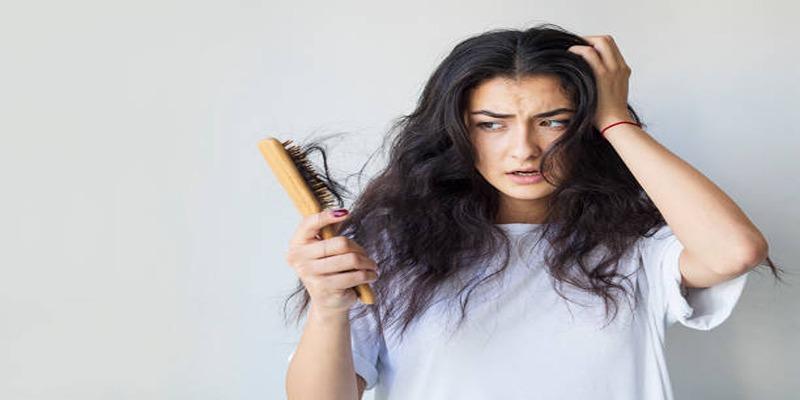
Excessive dryness and brittle hair are often cited as side effects of frequent dry shampoo use. The ingredients in dry shampoo, such as starches, while effective at absorbing oil, can simultaneously strip away natural moisture from the hair. This depletion of essential hydration results in hair that is dry, fragile, and prone to breakage. Over time, the repeated application of dry shampoo compounds this effect, further weakening the hair's structural integrity. Additionally, the lack of wet washing can mean that beneficial natural oils are not being distributed along the hair shaft, exacerbating the dryness. To combat these issues, it is important to incorporate moisturizing products, such as hydrating shampoos, conditioners, and leave-in treatments into your hair care regimen. Regularly using hair oils or serums can also help replenish moisture, restore elasticity, and prevent the brittleness associated with dry shampoo usage.
6.Chemical Exposure
Chemical exposure from dry shampoo can introduce a range of potentially harmful substances to your hair and scalp. Many dry shampoos contain synthetic fragrances, preservatives, and other chemical additives that can negatively interact with the delicate skin of the scalp. Over time, the consistent presence of these chemicals can lead to irritation, allergic reactions, or sensitization. Furthermore, ingredients like butane, propane, and other propellants used in aerosol dry shampoos can cause respiratory issues when inhaled regularly. Long-term use of such products raises concerns about the cumulative effect of chemical exposure on overall health. To minimize these risks, consider choosing dry shampoos that emphasize natural, organic, and non-toxic ingredients. Additionally, using dry shampoo in well-ventilated areas can reduce inhalation risks. Prioritize products that are free from parabens, sulfates, and synthetic fragrances to maintain healthier hair while reducing the potential for adverse chemical impacts.
7.Environmental Concerns
The environmental impact of dry shampoo use extends beyond personal health concerns, highlighting issues related to the production, packaging, and disposal of these products. Many dry shampoos are packaged in aerosol cans which can contribute to air pollution due to the propellants they contain, such as butane and propane. These chemicals can also contribute to the depletion of the ozone layer. Additionally, the manufacturing process of these aerosols requires significant energy and resources, which contributes to the carbon footprint. The disposal of these cans further compounds environmental issues, as they often end up in landfills where they can take decades to decompose. Consumers can reduce their environmental impact by opting for dry shampoos that come in eco-friendly packaging or those that use non-aerosol dispensers. Choosing products with natural ingredients and sustainable production practices can also help mitigate the environmental footprint associated with dry shampoo use.
8.Misleading Freshness
The deceptive sense of cleanliness provided by dry shampoo can be misleading, as it may mask underlying hair and scalp issues rather than addressing them. While dry shampoo absorbs excess oil, giving the appearance of freshly washed hair, it doesn't remove the dirt, sweat, and product buildup that accumulate over time. This can lead users to extend the intervals between wet washes, exacerbating problems such as dandruff, scalp irritation, and blocked hair follicles. Moreover, the reliance on dry shampoo can result in a false sense of hair health, potentially overlooking the need for comprehensive scalp care. Effective hair hygiene requires regular washing with water and shampoo to thoroughly cleanse and rejuvenate the scalp and hair strands. While convenient for occasional use, dry shampoo should not replace traditional washing routines. Balanced hair care, incorporating both dry and wet washing practices, ensures genuine freshness and long-term hair health.
Conclusion
While dry shampoo offers convenience and a quick fix for greasy hair, its frequent use can lead to significant scalp and hair health issues. From blocking hair follicles and causing brittleness to introducing harmful chemicals and contributing to environmental damage, the potential drawbacks are considerable. It is essential to use dry shampoo sparingly, complementing it with a comprehensive hair care routine that includes regular wet washing, moisturizing treatments, and natural, eco-friendly products. By balancing the convenience of dry shampoo with mindful hair care practices, you can maintain healthy, vibrant hair in the long term.
